Allspice was called "pimienta", from Spanish - black pepper, by the discoverer Christopher Columbus. It is quickly figured out, however, that what he brought to Spain was not pepper. The spice is a green, spherical fruit. When dried, it turns a brown color, similar to black pepper, but it's larger.
Allspice has an aroma resembling a symbiosis of cloves, cinnamon and nutmeg. Its taste is hot and astringent, which is why it is used in curry and other hot spices.
There are many dishes that cannot go without allspice. Its strong aroma does not allow putting more than 2-3 grains for 4 servings. It is used to flavor a number of meats, especially beef, soups and fish. It is added in all kinds of marinades for game, as well as in sausage recipes. Due to its good preservative effect, some pickles are also seasoned with allspice.
When the cabbage, whether fresh or sauerkraut, is stewed, it is good to season it mostly with allspice. It can be combined with paprika and bay leaf. The result is always brilliant.
Allspice is strongly aromatic, especially when ground in a grinder. It is not pretentious. Corresponds well with cloves, nutmeg, black pepper. Dishes with allspice are best flavored with lemon juice and vinegar.
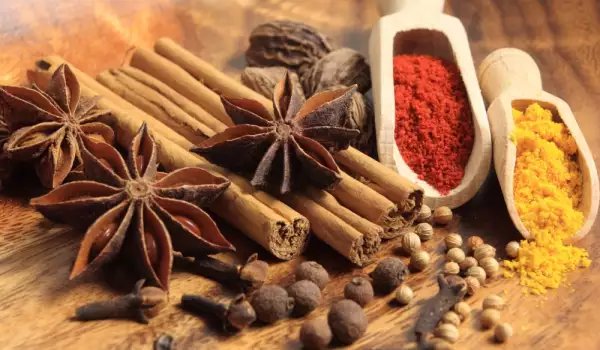
Allspice is a must spice for the warming drinks glühwein and grog. They are prepared with the help of many spices, among which the large dark grains of allspice are mandatory.
A few grains of it can also be added to the Christmas Punch. With mulled wine, it passes as an optional seasoning, but it inevitably brings a strong and pleasant aftertaste.
The mixed allspice aroma allows it to combine perfectly with other spices. This makes it a versatile ingredient in the spice mixes available in stores. Apart from spicy combinations, it is also used in sweet foods, such as biscuits for example.
Allspice can also be found in essential, aromatic oils. Its medicinal properties have been appreciated in Jamaica, where it is taken as a medicinal tea.
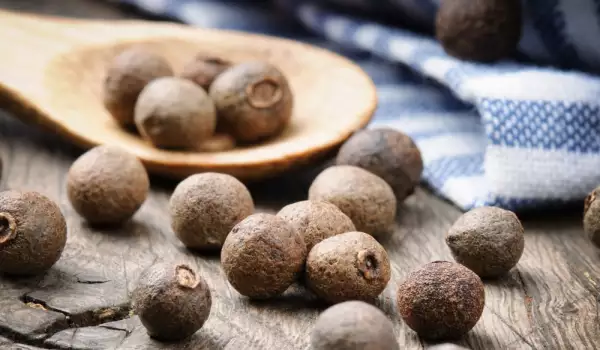
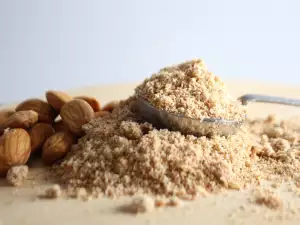
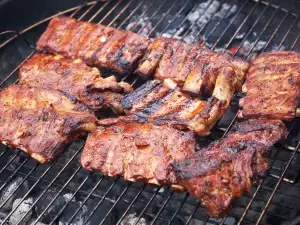

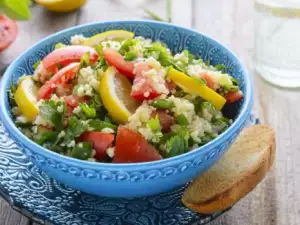
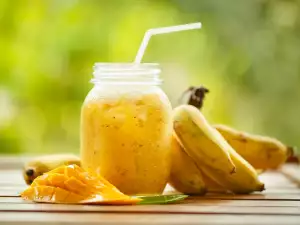
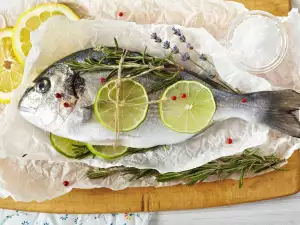
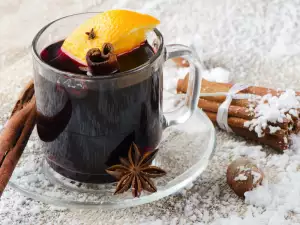
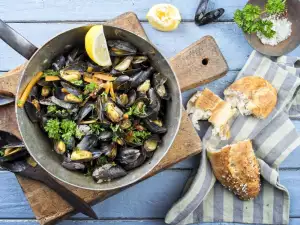


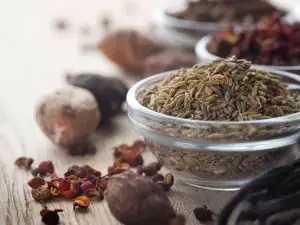
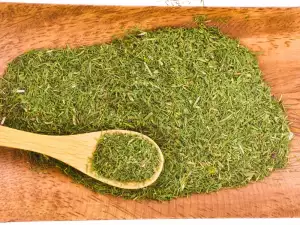
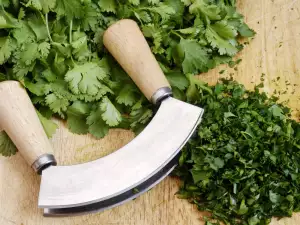
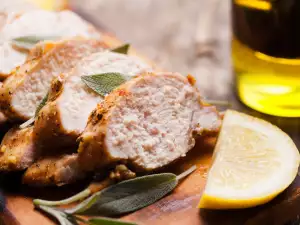
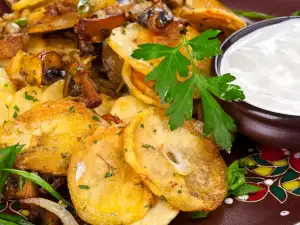




Comments